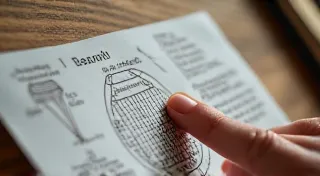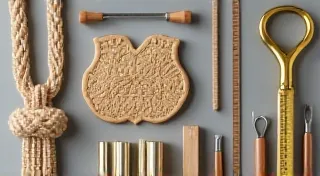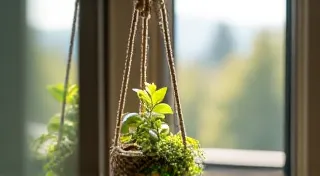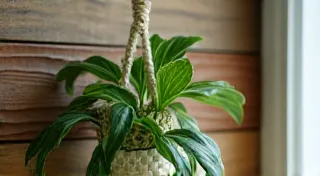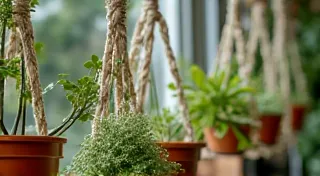Understanding Cord Thickness & Its Impact on Macrame Projects
Welcome to the world of macrame! One of the first (and most important!) decisions you'll face as a beginner is choosing the right cord. It’s more than just picking a color; the thickness of your cord drastically alters the look and feel of your finished macrame piece. This tutorial will break down how cord thickness impacts your projects, helping you make informed choices for stunning results.
Why Cord Thickness Matters
Imagine tying a simple square knot with thick rope versus thin string – the final product will look incredibly different, right? Cord thickness affects several key aspects of your macrame projects:
- Visual Density: Thicker cords create a denser, more substantial look. Your knots will be more pronounced and the overall project will feel heavier. Thinner cords produce a lighter, more delicate appearance.
- Knot Size: Naturally, thicker cords result in larger knots and vice versa. This affects the scale of your project.
- Project Size: The amount of cord you need will be significantly impacted by thickness. A small pattern can be overwhelming with thick cord.
- Drape and Texture: Different materials come in various thicknesses, and this influences how the macrame drapes. Softer, thicker cords will have a different drape than stiff, thinner cords.
Macrame cord is typically measured in millimeters (mm). Here's a general guide to common sizes and suitable projects:
- 1mm – 2mm (Very Thin): Ideal for intricate jewelry, delicate hangings, and accents. These cords require very fine knotting and are best suited for experienced beginners or those seeking a more refined aesthetic. They can be challenging to work with due to their fragility.
- 3mm – 4mm (Standard): This is the most versatile size for beginners! It’s perfect for plant hangers, wall hangings, coasters, and basic macrame projects. You're able to see the knots clearly and the cord is manageable to work with. If you're just starting out and want to get a feel for the craft, a project like an easy macrame plant hanger is a great starting point.
- 5mm – 20mm (Thick): Used for bolder, statement pieces. Thick cord creates a rustic and substantial look and is excellent for outdoor projects like porch swings or outdoor wall hangings. It's visually striking and can be easier to handle than thinner cords, but requires more of it.
- Cotton Macrame Cord: Commonly found in 3mm, 4mm, and 5mm. A great starting point.
- Jute: Typically available in thicker sizes, 4mm and up, creating a rustic look.
- Hemp: Similar to jute, providing a natural and textured look.
- Synthetic Cords (e.g., Nylon, Polyester): Often come in a wider range of thicknesses, offering different drape and strength properties.
Image 1: A close-up comparison of 3mm, 5mm, and 5mm cotton macrame cords side-by-side, clearly showing the difference in diameter.
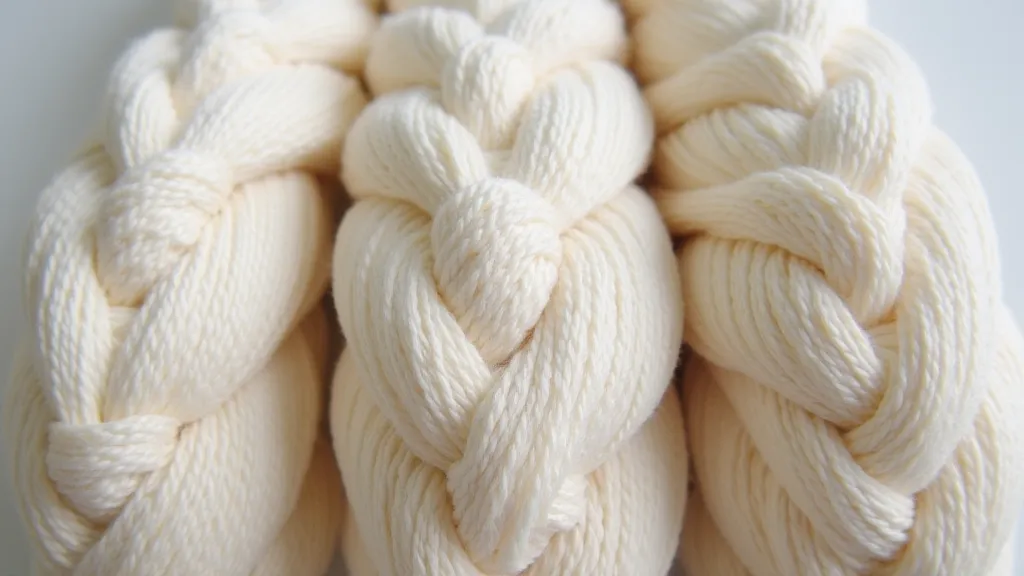
Choosing the Right Thickness for Your Project
Consider these factors when selecting your cord:
- Project Scale: Larger projects generally benefit from thicker cords.
- Desired Aesthetic: A delicate, airy look calls for thin cord; a rustic, chunky look requires thick cord.
- Your Skill Level: Start with a 3mm-4mm cord if you’re a beginner.
- Pattern Instructions: Patterns will usually specify a cord size.
Image 2: A plant hanger made with 3mm cord and another plant hanger made with 5mm cord, hung next to each other, to visually demonstrate the difference in size and density.
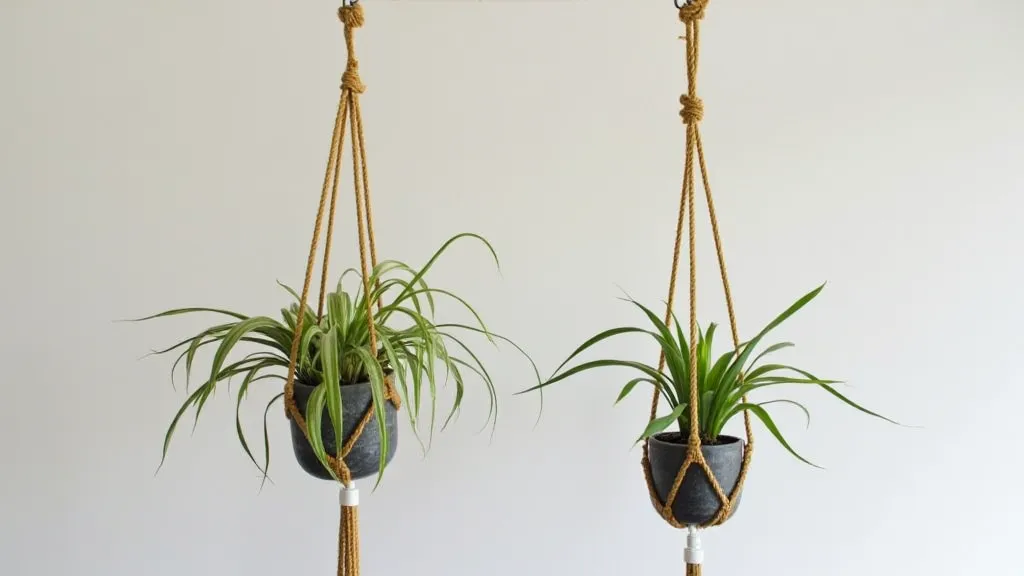
Experimentation is Key!
Don’t be afraid to experiment! Try different cord thicknesses to see what you like best. You might be surprised by the results. Macrame is a wonderfully creative craft – embrace the opportunity to play with different materials and techniques. There’s a whole world of possibilities beyond the basic square knot and half hitch, and the best way to discover them is to dive in and start creating. Don't feel constrained by patterns – use them as a starting point and then let your imagination run wild. Consider how different colors and textures can enhance your project.
The interplay between cord thickness, knot type, and pattern design can produce truly remarkable results. For example, a thick cord combined with a complex knot pattern can create a stunningly intricate wall hanging, while a thin cord and simple knot sequence can produce a delicate and ethereal mobile. It's a craft that allows for endless customization and personalization, making each piece a unique reflection of the maker's creativity.
Image 1: A hand holding a small section of macrame using a thicker cord, demonstrating the size of the knots created with a larger diameter.
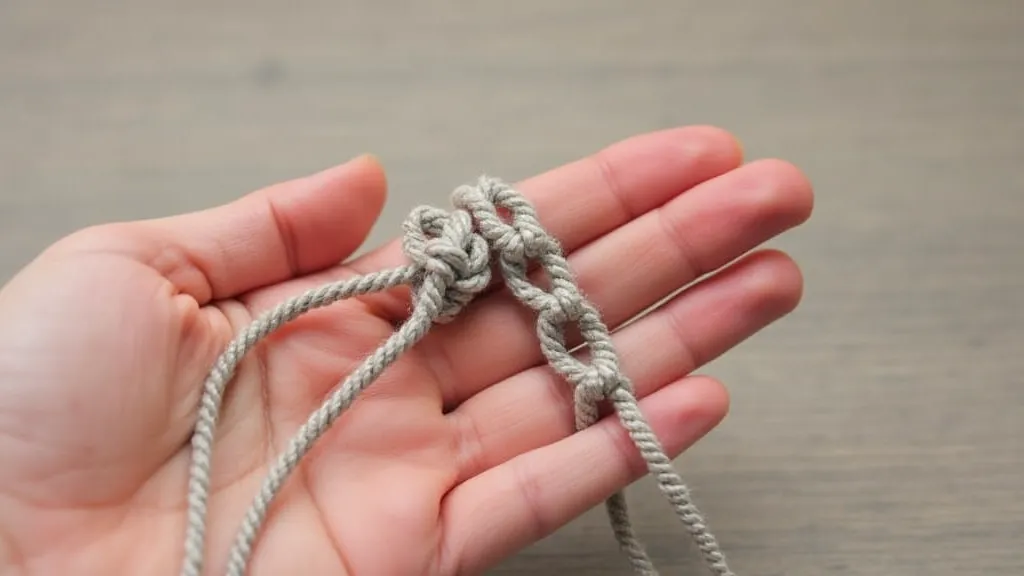
Beyond the practical considerations of cord thickness, knot size, and project scale, there's also a significant artistic dimension to macrame. The way you arrange the cords, the tension you apply, and the overall composition of your piece can all convey a specific mood or feeling. The deliberate use of absence and negative space is just as important as the presence of the cord itself. The principles of design can be applied to macrame just as they can to painting or sculpture, allowing for a truly sophisticated level of artistry.
Happy knotting!
